When it comes to web development, GoLang’s popularity as the preferred development language has only grown since its inception in 2009. With hundreds of frameworks available, it can be difficult to find the right one that fits your needs and processes the way you work – and if you find the right one, you want to make sure it’s regularly updated and maintained. Here are some of the best Golang Web Frameworks that you should consider when starting or continuing your next web development project in 2022.
9 Best Golang Web Frameworks for Web Development
1. Gin
Gin is an HTTP web framework written in Go (Golang). It features a Martini-like API with much better performance — up to 40 times faster. If you need performance and good productivity, check out Gin. Its middleware stack is very fast because it’s statically compiled, but it gives you all the flexibility of a dynamic environment too. If you need performance and good productivity, then Gin is a great choice. It’s very fast and has a low memory footprint. By default, it uses mux and httprouter, but you can also use other routers such as: Negroni, Gorilla mux or just plain net/HTTP .
2. Gocraft
Gocraft is a minimalistic framework for building web applications in Go. It has nothing to do with templates, so it does not generate HTML. Instead, you use its (overly-simplified) interface to build pages on-the-fly and serve them using whatever fast web server you prefer. Here’s an example of what a web application written with Gocraft might look like
3. Gorilla
Gorilla is a high-level web toolkit. It is straightforward, practical, and adaptable. This makes it simple to create HTTP services in Go, with extensive routing capabilities and a basic template system included (or you can use your own). And they offer tremendous capabilities that feel familiar to you if you’ve worked with previous frameworks. As a result, if you’re seeking for more feature-rich solutions, it’s a wonderful fit!4. Petit
Petit was inspired by Sinatra and Flask, but it is not a clone of either of them. There are some important differences. For example, Petit doesn’t force you to write all your routes as verbs; instead it lets you define any route you want, using any verb and matching any HTTP method. This is what makes Petit very flexible: you can define routes that behave exactly like Sinatra or Flask do.
5. Goji
Gorilla Mux is a great starting point for a web app. It gives you structure to build on top of and is well-tested. To get started, see Gorilla Mux’s Quick Start tutorial and its documentation. What are some other good Golang web frameworks? Is Gorilla Mux really better than others? When should it be used? Please share your experience here!
6. Glow
Glow is a web framework that was designed to be used with Go, but can be used with other languages as well. The motivation behind creating Glow was to create a web framework that could handle the really hard stuff (like concurrency, sockets, etc.) while leaving simple code to you.
This allows you to quickly start writing your application. When you’re ready, use Glow’s hooks system so you can easily add functionality into your application. More information on how Glow works and is structured can be found in its documentation.
7. Gorilla Mux
Gorilla Mux is a high-performance HTTP request router and http proxy. Its purpose is to serve requests via HTTP, HTTPS or TCP protocols, from multiple sources to multiple destinations. It supports an unlimited number of virtual hosts with full control over HTTP headers. With Gorilla Mux you can easily build any type of API.
8. Negroni
Negroni is an excellent option for web developers looking to use a lightweight framework. This framework was designed from scratch and has some interesting perks that are a bit different than other frameworks. For example, Negroni provides middleware options like panic recovery or fatal timeout handling and HTTP request verification.
The creators also claim that any application created with Negroni is not only able to stand on its own but can also be used as part of another application’s architecture—for example, if you wanted to build your app with Flask, you could still use parts of Negroni in order to gain some additional security features.
9. Bamboo
Bamboo is a full-stack web framework written in Go. It provides a variety of features and support libraries that allow developers to easily create RESTful API backends and web applications. Go’s simple syntax and compilation makes it easy to deploy Bamboo applications quickly.
Apparently, if you’re working with Go, you should definitely consider using Bamboo to create your next project. You can learn more about Bamboo on its official GitHub page .
Conclusion
In conclusion, choosing a web framework can be tough as there are a lot of factors to consider. And above all the right choice really depends on your needs and preferences, as well as your team’s skill set and preferred work style. Meanwhile, if you’re new to Go, I recommend starting with Revel or Gin; Revel is faster, but Gin has more tools that help custom web app developers get up and running quickly.
Hey, I am a technology consultant at AppsDevPro, a leading Mobile & Web development company that offers offshore mobile, web, frontend, full-stack developers. I have 18+ years of experience in writing and always looking for new ways to improve skills and learn from others.
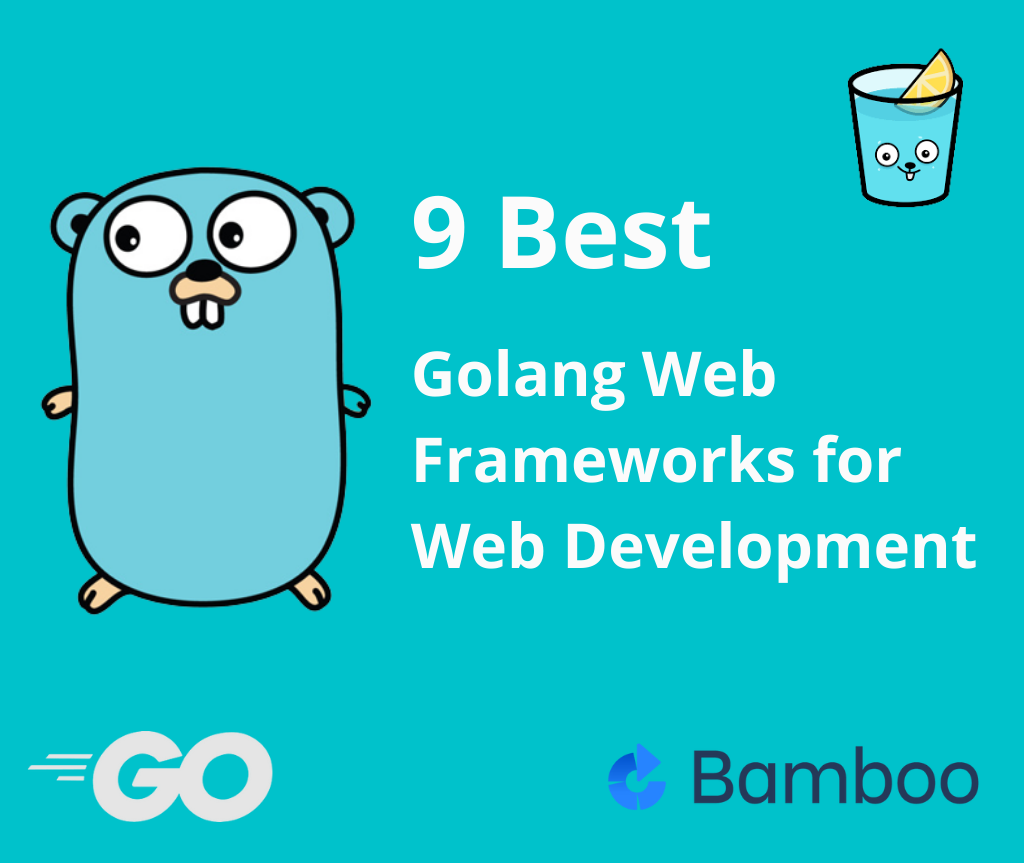
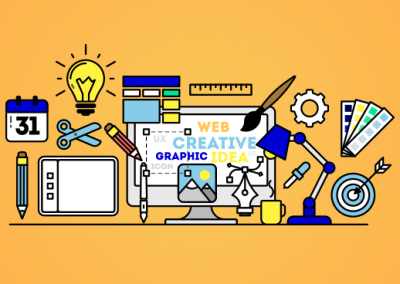

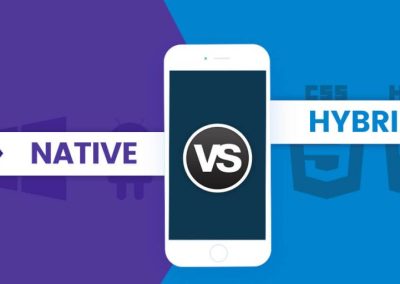

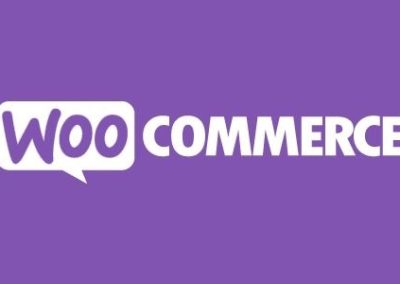
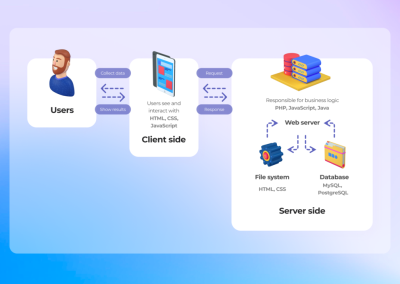
0 Comments